The child who is a non-reader may be age 3, 5, 7, or even 10. My husband, at the age of 10 in 1957, could barely read. Why? Because he had been taught by the “see and say” method of reading.
Teaching the Non-Reader to Read
By Ann Bowers
The child who is a non-reader may be age 3, 5, 7, or even 10. My husband, at the age of 10 in 1957, could barely read. Why? Because he had been taught by the “see and say” method of reading. Children were given little readers, told the words, and expected to remember them, without any means of “cracking the code.” After learning about 100-200 words, the children would get confused by words that looked alike (they and them, for instance) and their reading progress stopped. In 5th grade, my husband’s teacher, Mrs. Wasciepinez, (whom he remembers to this day) taught her students phonics and they learned to read. Today, John is a university graduate and software engineer.
Three Things To Do To Teach Your Child To Read
To teach your child to read, you must do three things:
-
Read to the child every day from the time he is 8 months old. (However, it’s never too late to start.)
-
Teach the child the letters and sounds of the English language and their relationship to reading.
-
Teach the child to comprehend what is read.
When you read to your child, choose anything he/she enjoys. Have the child sit so that he/she can see the words and pictures. Use a marker under the words as you read.
Talk with your child about the story and the pictures. Ask questions of him/her and explain parts of the story he/she doesn’t understand. (Comprehension)
Teach the letters and sounds of English and their relationship to reading. This starts at age 3 when the child is following along as you read. Many children will learn “phonics” (i.e.; the letters and sounds and their relationship) just by doing this for several years. As you read, point to various words and say things like, “This word is apple. What sound does apple start with?” “This word is dog. What sound does dog end with?” “This word is hat. What sound does hat have in the middle?” “This word is the. It’s hard to sound out. Let’s memorize it. Let’s spell it together. T,h,e”
As soon as your child learns to print, he/she can print some of the words and say the sounds. Give the child some magnetic letters to use on a cookie sheet. Help the child spell words with the letters, sounding them out. Have your child watch Sesame Street at least three times a week to learn letters, sounds, and numbers. There are also excellent computer games which are fun and teach these skills.
Soon, your child will know some words. Create word cards for him/her to show off their reading skills for relatives and friends. Teach the child to recognize and print his name at age 4 or 5. Label things in his room at age 3, such as bed, dresser, mirror, lamp, etc. Use standard printing to do this. Play games that teach letter names and sounds, such as Concentration, Rummy (with letter cards instead of regular cards). Cut pictures out of magazines and help your child make the words, using the magnetic letters.
By kindergarten age (5-6), your child should know all the letter names and sounds and how to blend sounds together. He/she should have a reading vocabulary of at least 30 words, including: the, boy, girl, see, has, a, to, ran, run, has, cat, dog, mom, dad, go, have, car, house, bed, I, you, we, for, home, school, play, laugh, sad, happy, with, me, said.
Here are the sounds needed by the non-reader to read in English:
Vowels and some Vowel Digraphs
| Aa apple |
Aa gave |
ay say |
|
| Ee end | ee seem | ea team |
|
|
Ee |
Ii in | Ii ice | |
| ie
tie |
Oo octopus |
Oo hope |
|
| Uu up |
Uu tune |
ue Blue |
|
| Yy yes |
Yy my |
Yy baby |
|
| Consonants | |||
| Bb bed |
Cc cat |
Cc Circle |
|
| Dd Dog |
Ff fair |
Gg girl |
|
| Gg giraffe |
Hh house |
Jj jam |
|
| Kk Kitten |
Ll Love |
Mm Mom |
|
| Nn
nine |
Pp pig |
Qq quart |
|
| Rr red |
Ss salad |
Tt ten |
|
| Vv violet |
Ww wagon |
Xx six |
|
| Zz zebra |
|||
| R-Controlled vowels | |||
| ar card |
er dinner |
or for |
|
| ur fur |
ir girl |
||
| Consonant Digraphs | |||
| th them, the |
sh she, shoe |
wh white, when |
|
| ch
child, chin |
qu quart, quail |
ph photo |
|
| kn knife |
ng song |
||
| Dipthongs | |||
| nk sink |
lt belt |
nd bend |
|
| oo wood |
oo too |
aw awning, saw |
|
| ew new, dew |
ow plow, cow |
ou
ground |
|
| oi
coin |
oy boy |
au auto |
|
A great site for phonics and sight word worksheets and instructional units is:
www.edhelper.com.
From the BBC, check out:
http://www.bbc.co.uk/schools/wordsandpictures/phonics/index.shtml.
To find a copy of the Dolch 220 Most Frequently Used English Words go to:
http://english-zone.com/.
www.edhelper.com.
From the BBC, check out:
http://www.bbc.co.uk/schools/wordsandpictures/phonics/index.shtml.
To find a copy of the Dolch 220 Most Frequently Used English Words go to:
http://english-zone.com/.
Bio for Ann Bowers
Ann Bowers has been an elementary school teacher, in kindergarten through 8th grade, for 20 years. She was a Bilingual Education Grant Project Coordinator for seven years and a school principal for seven. She has a B.A. in English, an M.A. in Education, and holds California Life Teaching Credentials and specialist credentials in Remedial Reading and Teaching English as a Second Language. She is retired and has started a second career as a freelance writer.
No part of this article may be copied or reproduced in any form without the express permission of More4Kids Inc © 2006
Posting Search Tags: education homeschooling reading

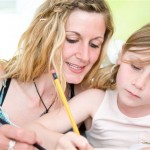

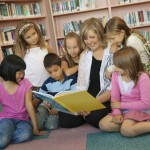

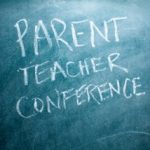

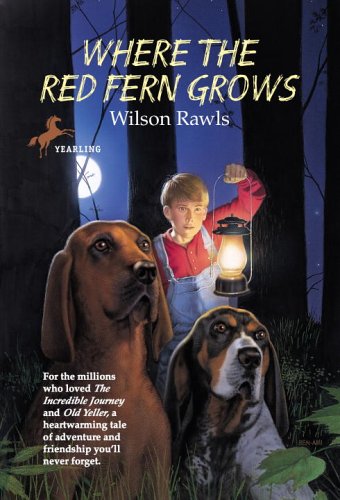
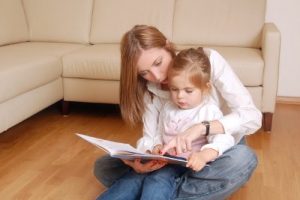

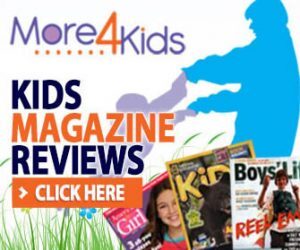
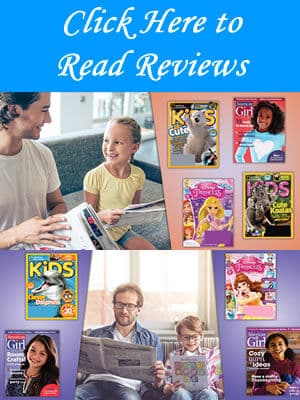
Add Comment